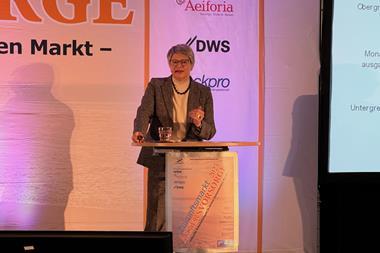NETHERLANDS - Netspar, the academic network on pensions, retirement and population ageing, has chosen rising longevity, retirement decisions and developing skills of older workers as main research themes for the next three years.
In addition, its researchers will focus on illiquidity and non-linear tail risk for portfolio strategies, as well as the macroeconomic performance of the multi-pillar pension system, the Tilburg-based think tank said.
Rob Alessie of Groningen University will continue looking into how individuals financially plan for retirement, following an increase of individual choice.
He said: "To find out when people retire, and whether they are financially prepared for retirement, we need a thorough understanding of households' savings, labour supply and retirement behaviour."
The scope for policies that improve the development and use of human capital among older workers will be studied by Thomas Dohmen of Maastricht University.
Dohmen said: "Increasing labour supply and participation among older workers, as well as sustaining labour demand, is crucial to raise employment among this group of employees."
Johan Mackenbach of Rotterdam's Erasmus University will research to what extent the sudden rise of life expectancy is shared by all population groups and whether this trend will continue at the same pace.
Mackenbach said he would try to develop a range of health scenarios that could support improving longevity forecasts.
Casper van Ewijk of the Netherlands' Bureau for Economic Policy Analysis will research whether the present multi-pillar pension system is the optimal set-up for the labour market and business cycle.
According to Van Ewijk, a comprehensive picture of how pension funds contribute to the overall economic performance does not yet exist.
His research will include alternative pension plans for both first and second pillar, as well as their effects on economic performance.
Andrew Ang of Columbia Business School will model the characteristics of illiquid assets, investigate the time-varying nature of non-linear risk, and both asset returns and macro-variables that drive liabilities.
Ang said he would also explore how illiquid tail risk and non-linear dynamics of asset returns, labour income and inflation could be incorporated into an optimal asset allocation.



























No comments yet